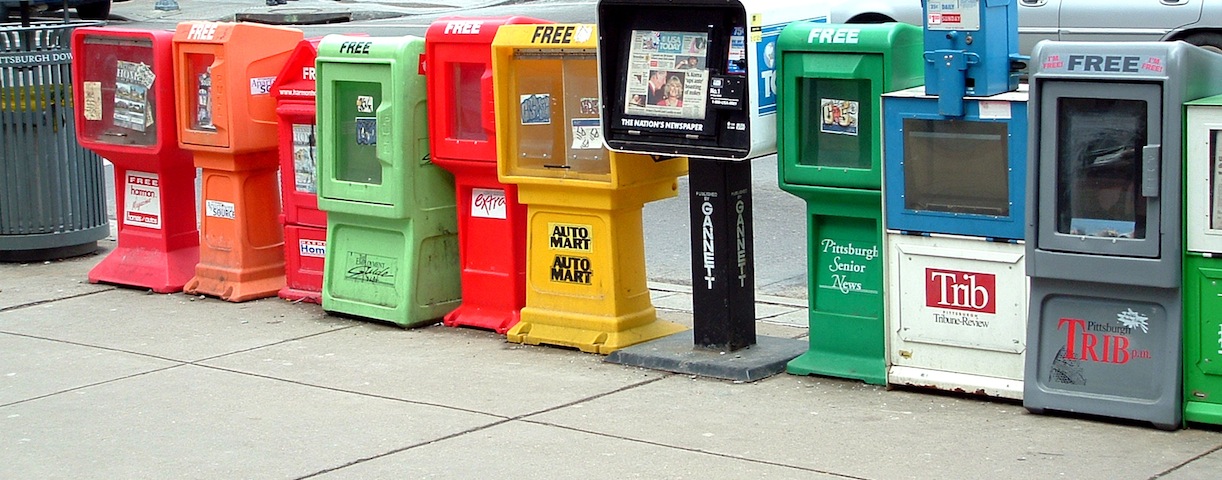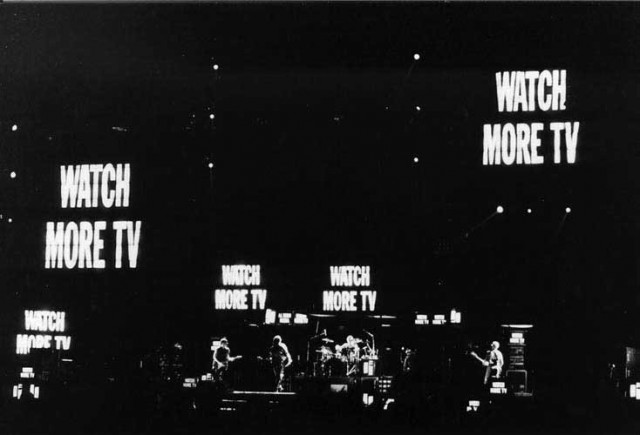Yesterday Decoding The New Economy posted an interview with Michael Rubenstein of AppNexus about the world of programmatic advertising and being part of a rapidly growing startup.
The whole concept of programmatic advertising is a good example of a business, and a set of jobs, being disrupted.
Media buying has been a cushy job for a generation of well fed advertising executives. David Sarnoff’s invention of the broadcast media model in the 1930s meant salespeople and brokers were needed to fill the constant supply of advertising spots.
Today the rise of the internet has disrupted the once safe world of broadcast media where incumbents were protected by government licenses and now the long lunching media buyers are finding their own jobs are being displaced by algorithms like those of AppNexus.
A thought worth dwelling on though is that media buyers are part of a wider group of white collar roles being disrupted by technology – the same Big Data algorithms driving AppNexus and other services is also being used to write and select news stories and increasingly we’ll see executive decisions being made by computers.
It’s highly likely the biggest casualties of the current data analytics driven wave won’t be truck drivers, shelf pickers or baristas but managers. The promise of a flat organisation may be coming sooner than many middle managers – and salespeople – think.




